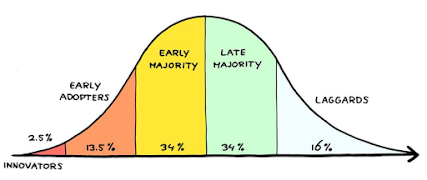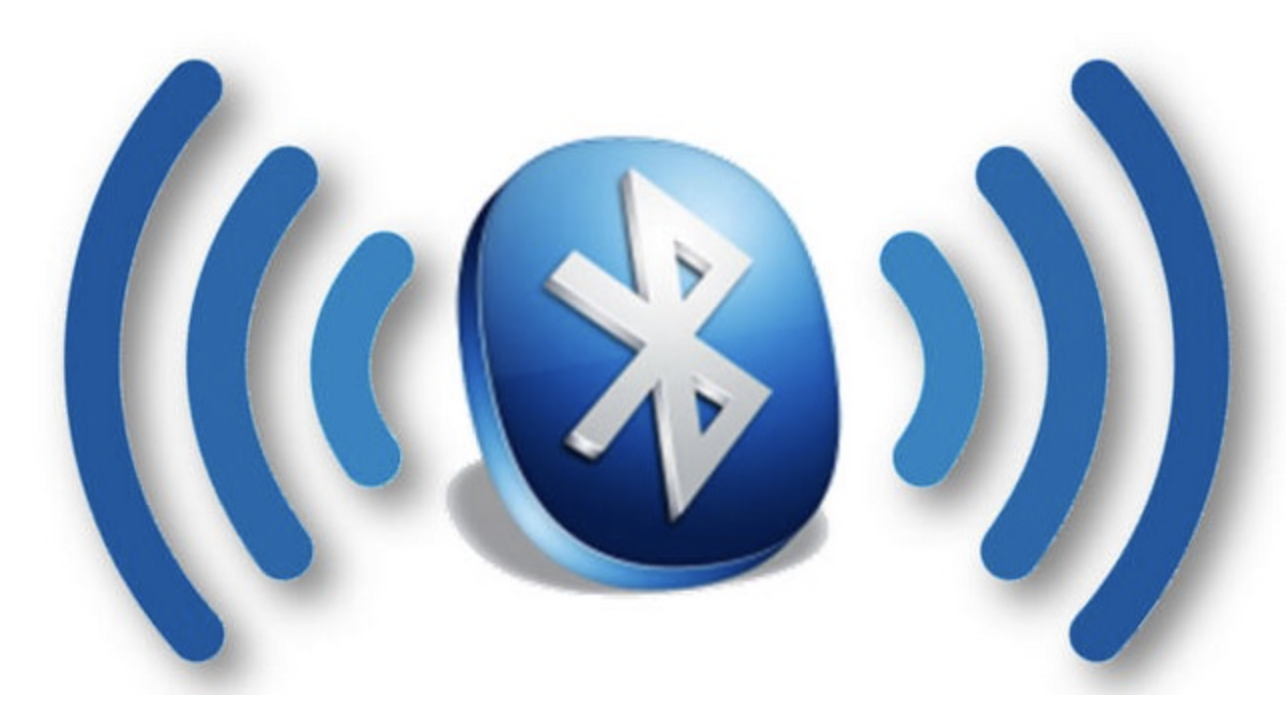Innovators
Innovators, or people who are constantly looking for cutting-edge technologies, even if they come with a lot of uncertainty, were the first group to adopt Bluetooth technology. These were mostly IT firms, developers, and engineers who were interested in short-range wireless technology. Bluetooth was developed by the Swedish telecommunications corporation Ericsson in the late 1990s to provide a standard for wireless communication between devices. Since the technology was still in its early stages and had limited commercial applications, the possible use cases were still experimental. The idea of working with connections between gadgets and enhancing communication drew innovators in.
Early Adopters
Early adopters were the first customers to recognize Bluetooth's usefulness and start embracing it, following the pioneers. These were frequently opinion leaders, tech-savvy professionals, or companies looking to use Bluetooth to increase convenience and efficiency. They began utilizing Bluetooth in the early 2000s for syncing devices such as laptops and phones, hands-free mobile phone accessories, and the first wireless headsets. They realized that by eliminating wires and improving communication between gadgets, Bluetooth may simplify people's lives. Their impact paved the door for wider adoption of the technology by generating interest about it.
Early Majority
These are the more cautious adopters that hold off on adopting a technology until it has demonstrated its dependability and usefulness. With Bluetooth integrated into more and more consumer electronics, laptops, automobiles, and mobile phones by the mid-2000s, the technology has gained widespread use. This group caught on to Bluetooth because of its useful features, like wireless file transfers and wireless speaker connections. The early majority was persuaded of the technology's efficacy and simplicity as it become more commonplace, particularly as Bluetooth devices got simpler to pair and use on a daily basis.
Late Majority
The late majority usually embraces technology later in life, usually after it has become widely accepted. This group is more hesitant to adopt new technologies and waits to do so until the majority of their peers have done so. This happened to Bluetooth in the late 2000s, when almost all consumer electronics—including cars, headphones, cellphones, and home audio systems—came equipped with wireless technology. Bluetooth was a standard feature on most gadgets and was no longer considered a premium or cutting-edge technology. This group embraced Bluetooth primarily because it became harder to locate gadgets without it, and the technology had shown to be dependable, reasonably priced, and user-friendly.
Laggards
Laggards are the last group to adopt new technologies, usually due to their resistance to change or preference for more traditional, established solutions. For Bluetooth, laggards might have held on to wired devices for as long as possible, only embracing wireless technology when it became necessary, like when major manufacturers removed headphone connectors from smartphones (e.g., Apple’s choice in 2016). By now, Bluetooth was more of a need than an option, and those who were lagging behind embraced it since there weren't many good substitutes available. Even so, they might only utilize it grudgingly, driven more by need than by enthusiasm for wireless connectivity's advantages.







No comments:
Post a Comment